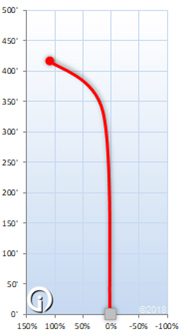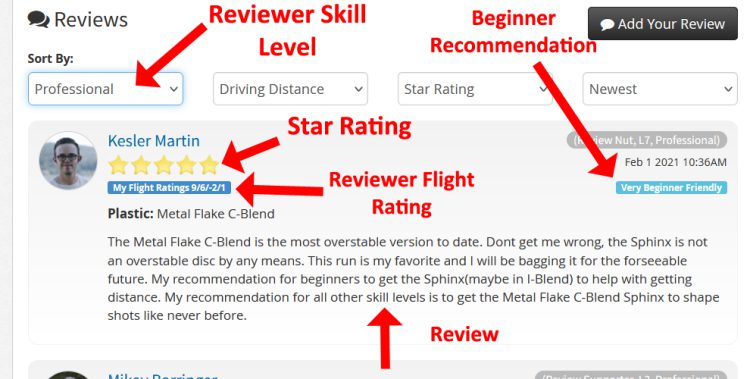Learning Disc Golf Terms: Turn vs Fade

The Flight Path Challenge
Here’s the scene: you just arrived at your favorite course and are preparing to tee off on the first hole. You grab your favorite driver and are already looking forward to that wonderful S-shaped flight. But, after you give your disc a good, solid throw, the disc something weird. Instead of a short drift to the right followed by its usual finish to the left, it just keeps drifting off to the right. Heading toward a river, a road, an OB area, or something unfavorable. What is going on here?!
In this blog we will talk about turn vs. fade, what those terms mean, how they work, and how to use them to your advantage. This knowledge will help you make better disc selections for the variety of situations you’ll face on the course.
Turn and Fade Defined
 For those disc golfer new to the sport, let’s define a few terms that we will use in this blog. These are terms you will commonly hear in disc golf. If you’ve been playing a while, you can skip over this section, since you will be familiar with these terms.
For those disc golfer new to the sport, let’s define a few terms that we will use in this blog. These are terms you will commonly hear in disc golf. If you’ve been playing a while, you can skip over this section, since you will be familiar with these terms.
Backhand throw: A popular method of throwing a disc where you implement an ‘X-step’ to twist your hips and ‘reach back’ the disc in preparation for throwing. The back of your hand will be facing the basket as you pull your disc across your body. The disc will rip out of your hand due to force created by the leverage of your arm and body.
Forehand throw: A method of throwing a disc where you are facing the direction you are throwing and motion of your body resembles a sidearm throw in baseball. Your palm will generally be facing the basket as the disc rips out of your hand.
Turn: When throwing a disc with your right hand with a backhand throw, ‘turn’ is when the disc drifts to the right when the disc is traveling the fastest. How much turn you get on a throw depends on the speed of the throw and the flight numbers of the disc.
Fade: In a RHBH throw, as the disc slows down toward the end of the flight, ‘fade’ is the distance and amount that the disc finishes to the left as is slows down. Discs have a natural tendency to move left as they slow down, but a disc with more ‘fade’ will travel further and faster left.
Flight Numbers 101
It would be good to have a quick primer on a discs flight numbers. The sport has adopted Innova’s four-number system to indicate the flight of a particular mold. In the description we will describe the numbers as if the disc were thrown RHBH. The four numbers represent:
Speed: The relative speed that you need to throw the disc at, in order for it to fly like the rest of the numbers indicate.
Glide: A general indication of how long the disc will stay in the air.
Turn: How much the disc will veer to the right during the flight of the disc.
Fade: How hard the disc will turn to the left at the end of the flight.

How Turn vs Fade Affect Your Throws
Obviously, the design of the disc can have a great impact on its flight. Some discs are designed to have a lot of turn, while others have a lot of fade. And there are plenty of discs in between those extremes. While the design of the disc definitely affects its flight, there are many other factors that will help determine how the turn and fade are affected. Here are some examples:
Wind:
Depending on the angle of the disc, cross winds can push the disc a long way in the direction it is blowing, or it can push a disc down to the ground. Turn and fade are really affected by headwinds and tailwinds. A headwind will give a disc more turn and minimize the fade. That is likely what happened to the disc mentioned at the beginning of the blog. A tailwind will reduce the amount of turn and add to its fade. Knowing how those wind directions affect your disc can help you adjust your throw or your disc selection to compensate for the effect of the wind.
Disc Weight:
If you throw discs of different weights with the same power, the heavier discs will not fly as fast. That will give the heavier discs less turn and more fade, while the lighter discs will have more turn and less fade.

Plastic type:
Premium plastics are typically more overstable, especially plastics like Champion. That overstability reduces the turn on the disc, and adds a lot more fade. Even brand new, base plastics like DX or D-Blend will turn more than other plastics.
Disc wear:
New plastics will always be more overstable and offer less turn than plastic that have been ‘seasoned’, or broke in. A worn disc changes the effects of the rim of the disc and give the disc more turn. Sometimes discs can wear to the point that they have too much turn and are hard to handle. That might mean it’s time for a new disc.
Elevation:
Throwing uphill takes more energy and makes the disc behave as if it has more fade and less turn. Conversely, throwing downhill has the gravity assist and is easier to throw fast. That gives your disc more speed, which causes it to turn a lot more and fade less.
Choosing the Right Discs for You
Most people who are new to disc golf prefer molds that have a lot of turn.

Doomsday Apocalypse Flight Numbers: 13/1/1/6
That gives them a little more extra distance, since most don’t have the technique and arm speed to throw molds that have more fade and less turn.
Once players have more skill and arm speed, they reach for discs that can resist turn, so they can get more distance. They will be throwing discs that are: heavier, newer, more overstable plastics, have more overstable flight numbers.
Regardless of your skill level, it is nice to have molds that are a little more overstable, and a little more understable so you can compensate for those situations that affect your flight, such as wind and elevation. Do you have a tailwind for your drive? Grab your disc that is more understable so you can still get the distance you need. Downhill shot? An understable disc might give you too much turn, so that would be a good time to reach for the more overstable disc.
Practice Makes Perfect?
It is a good idea to practice on windy days so you can learn how to either adjust the angle of your disc, or choose a different disc entirely, for given situations. The same goes for throwing up or down hill. You could even practice wind and elevation changes so you would be comfortable throwing in nearly any situation you may encounter. With a little experience you will have solutions for those times you are faced with adverse or unusual throwing conditions.
Learn the Flight
Disc golf is a fun challenging sport that is actually enhanced by the variety terrain and conditions we face when we play. By knowing our discs and how they fly for us, we will find more success in our disc selections, regardless of the situation. That confidence translates to lower scores and the satisfaction of knowing turn vs fade in a disc can be used to our advantage.

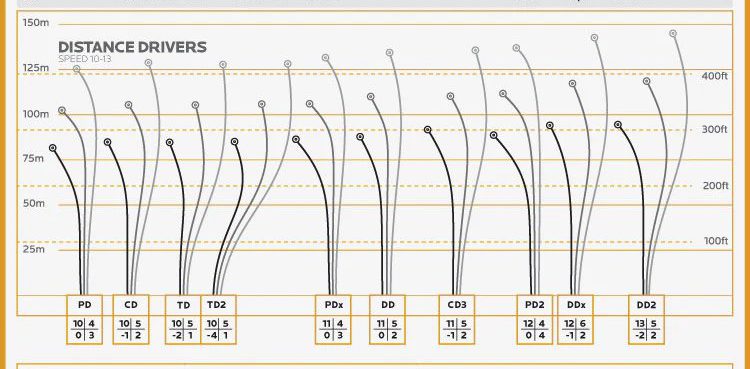
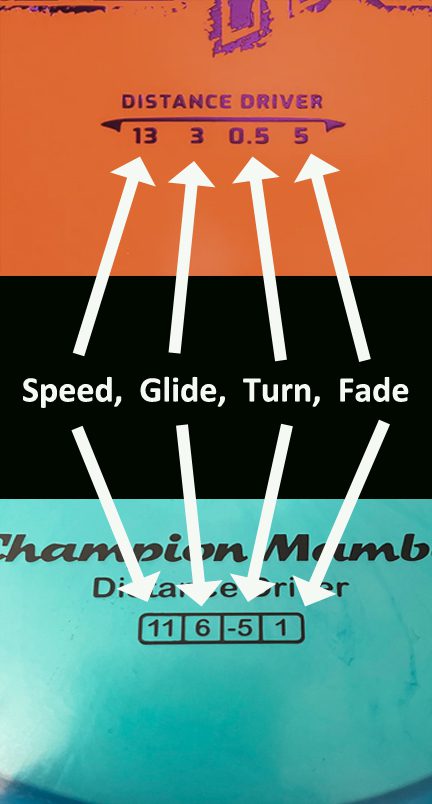
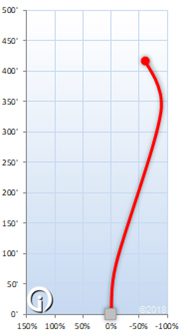 Turn
Turn